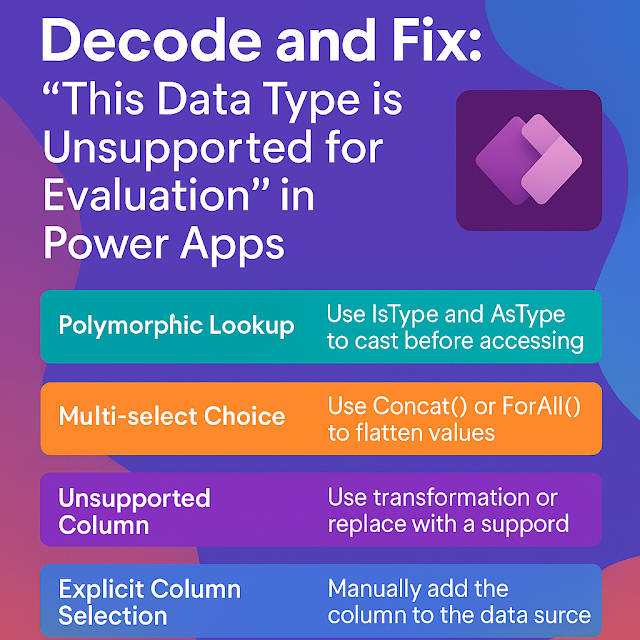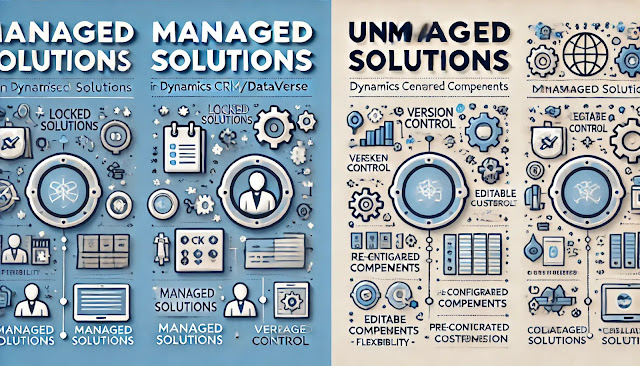Dynamics 365 Field Service : Service and maintain customer assets, including IoT devices
In today’s connected world, customers expect fast, personalized, and proactive service—especially when it comes to maintaining high-value assets like equipment, machinery, or smart IoT-enabled devices. Microsoft Dynamics 365 Field Service steps in as a powerful platform that enables businesses to manage customer assets, track their service history, and even predict and prevent failures using IoT (Internet of Things) integrations.
In this article, we’ll explore how Dynamics 365 Field Service enables you to service and maintain customer assets, with a special focus on IoT-enabled scenarios.
What Are Customer Assets in Dynamics 365 Field Service?
A customer asset is any product, equipment, or device that your organization services or maintains at a customer location. These assets could be:
- HVAC systems
- Elevators
- Industrial machinery
- Office printers
- Solar panels
- Or even IoT-enabled smart devices
Field Service allows you to register, manage, and monitor these assets—tracking their configuration, service history, and performance over time.
Key Capabilities for Managing Customer Assets
1. Asset Registration and Hierarchy
- You can create customer assets either manually, through work orders, or automatically via connected systems.
- Assets can be organized in hierarchies. For example, an HVAC system might consist of multiple components—compressor, thermostat, air handler, etc.
- Assets are tied to a customer and service location, providing context to field technicians.
2. Asset Service History
- Every service interaction (inspection, repair, replacement) is logged.
- Helps technicians and managers view the full lifecycle history of the asset.
- Assists with warranty tracking and scheduled maintenance.
3. Asset-Centric Work Orders
- You can create work orders directly from the asset record.
- The work order can include asset-specific tasks, service codes, and technician instructions.
Connecting IoT Devices to Field Service
One of the standout features of Dynamics 365 Field Service is its ability to connect with IoT-enabled devices to proactively detect and respond to issues. This is possible through the Microsoft Azure IoT Hub and Connected Field Service (CFS) add-on.
How It Works
1. IoT Device Monitoring: Devices stream telemetry data (e.g., temperature, pressure, vibration) to Azure IoT Hub.
2. Rules & Alerts: Thresholds and anomaly detection rules are configured. For instance, if a sensor detects overheating, an alert is generated.
3. Automatic Work Order Creation:
- The system can automatically generate a work order and assign it to the right technician based on availability, location, and skill set.
- You can also send notifications to managers or customers about the issue.
- This proactive model significantly reduces downtime, increases customer satisfaction, and improves resource optimization.
Technician Experience
Using the Dynamics 365 Field Service mobile app, technicians can:
- View asset details, service history, and IoT alerts
- Access schematics and service manuals
- Capture inspection results and photos
- Log time, parts used, and customer signatures
The app ensures that technicians are well-informed and equipped for each service call.
Security and Scalability
- Assets and telemetry data are secured via Azure role-based access control (RBAC).
- Scales easily across multiple customers, regions, and devices.
- Integrates with other Microsoft apps like Power BI, Power Automate, and Dynamics 365 Customer Service.
Final Thoughts
Managing and servicing customer assets—especially IoT-enabled ones—has never been more intelligent, efficient, and connected. With Dynamics 365 Field Service, organizations can shift from a reactive to a proactive service model.












Comments
Post a Comment